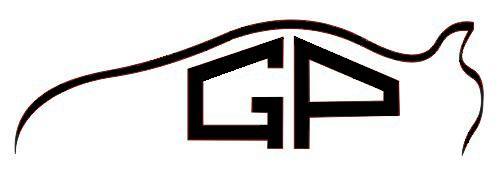First steps after an accident
The following are three golden rules to remember on the scene of an accident:
-
do not admit fault;
-
collect as much information as possible;
-
obtain necessary medical treatment;
-
keep records; and
-
take steps to protect your legal rights.
Do not admit fault
It is human nature to feel regret and to want to console others when an unfortunate event such as an accident occurs, and this sometimes leads to drivers immediately apologizing to others without properly considering who was actually at fault, and to what extent, for the accident. You may think you are in the wrong but the other driver may be as much at fault as you are and generally it is better to refrain from apologizing or admitting fault until you have taken some time to get over the shock of the accident and consider what really occurred. There will be plenty of time to apologize and admit fault later on if appropriate, and seldom much benefit in rushing to do it on the scene of the accident.
Information to collect at the scene of the accident
In some cases it will be very important to collect information shortly after the accident and indeed if it is not collect the ability of the claimant to recover compensation may be compromised. More records are almost always better than less, so, as a general rule, document everything!
You, or, if you are not able, someone on your behalf, should collect the following information on the scene of the accident:
-
names, driver’s license numbers, vehicle license plate numbers, and contact information of the drivers of all vehicles involved in the accident (take photographs with a cell phone camera, if available, of all drivers’ licences and vehicle licence plates), if any of the vehicles are out-of-province vehicles ask the other driver for the policy number for his or her insurance policy number;
-
names and contact information of any witnesses to the accident;
-
details of exact location of the accident (street name, number, relative locations of nearby landmarks e.g. street lights, fire hydrants, etc. – take photographs with a cell phone camera, if available);
-
details regarding weather and lighting;
-
vehicle damage information – take photographs with a cell phone camera, if available;
-
special information about the vehicles in the accident e.g. were any of them municipal vehicles?;
-
details of road conditions or unusual hazards relevant to the accident e.g. oil on the road, potholes; street lights out – take photographs with a cell phone camera, if available;
-
details of markings on the road from the accident (e.g. skid marks, location of broken glass) and damage to property (e.g. if a traffic island, pole, or wall was damaged or marked during the accident); and
-
the name and badge number of any police officers that attend the scene of the accident.
Taking pictures is generally a good idea; a picture really can be worth a thousand words. Take pictures of everything, and save a backup of the pictures as soon as you get home.
If you are not able to collect the above information on the scene of the accident efforts should be made to obtain it in the days following the accident e.g. return to the scene of the accident to take photographs, obtain a copy of the police report, etc.
A foolish mistake can be to not collect information on the scene of an accident because you think you are not injured. In some cases the shock of an accident can distract one from the fact they might be injured, but it is always better to collect more information rather than less.
Remember, it is better to collect information you may not need than to not collect information you might later wish you had!
Obtain necessary medical treatment and document your injuries after the accident
It may sound obvious, but the importance of promptly obtaining proper medical treatment cannot be over emphasized. If you fail to obtain proper treatment and as a result your overall condition is aggravated your ability to recover compensation may be limited. It is better to be checked out and told there is nothing to worry about, than to not get checked out and suffer long term adverse consequences for which you may not be fully compensated.
If you have visible injuries you should make notes of what they are and, if they are visible, take pictures of them shortly after the accident. Taking pictures of visible injuries as they heal, or don’t fully heal, over time is also often beneficial. Keeping a diary or other notes regarding the progression of recovery can often be useful.
Keep records
As explained in more detail in the tort section of the website, accident victims who have tort claims can seek compensation for all losses related to the accident, including reasonable out of pocket costs. A broad range of out of pocket expenses may be claimed, including costs for transportation (e.g. due to not having a vehicle available), damage to property (including for example clothing and damage to bicycles in cyclist claims), medication, etc. Claimants should keep all records (e.g. receipts, prescriptions, etc.) to prove amounts expended, and should keep all evidence required to prove damage to property e.g. cyclists should not throw out damaged helmets or clothing until their claims are resolved.
For more third-party information go on www.icbcclaiminfo.com where this article is found as well!
